Online Trends That Suprised Me in 2022
Looking back and confronting our old assumptions can bring some serious value to the table. I revisit my favorite trends from 2022 that surprised me.

I am covering phenomenons from 2022 not to make better guesses next year, but to learn from the inevitable unpredictability of the future. Though this unpredictability brings some excitement as well.
We saw some technological improvements in 2022 which was simply mind-blowing. There are statistics that truly surprised me and notions that I didn't expect at all.
My interest gravitates toward SEO, marketing, and online content creation in general.
So these will be the areas I will mainly cover below.
I hope I can show you some unexpected turns and sweet information nuggets which you haven't heard before.
1. The Rise of the UGC Creator

Gen Z's creating video product reviews and getting paid to do so.
This is a trend most driven by the US which really took off in 2022. The forces that enabled the widespread success of video review magicians are with us for a while, like:
- Affordable phones with better cameras.
- The booming popularity of TikTok.
- Missing monetization opportunities on TikTok.
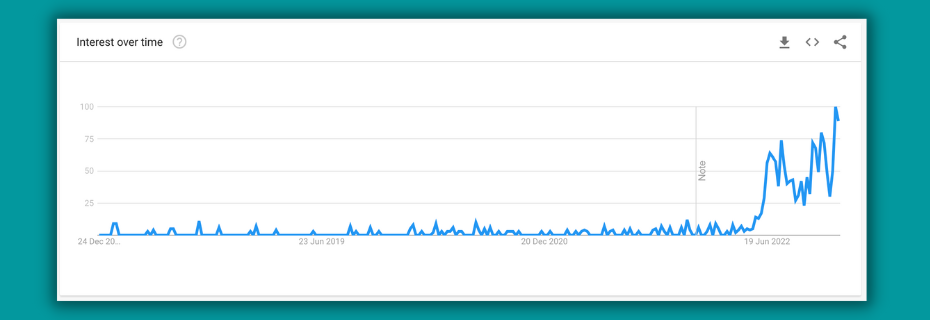
Writing reviews for money is not a new profession, but regardless of how UGC content marketplaces, (websites where you can buy ordinary people to review your product and record it) watching mass-produced reviews are not a great experience.
We saw how this played out with written reviews.
There are even startups to check and delete fake online reviews the problem became so severe. I am sure you saw some mass-produced "nice design, fast shipping" reviews on Amazon which can build fake confidence to buy some stuff.
The other, most sophisticated end of the spectrum is the SEO-optimised long articles about products the writer most of the time never touched.
The affiliate site game is working since there is Google and there are affiliate programs, but these useless articles spoiled the search experience so much that Google started to solve the problem by releasing updates targeting the sector.
There were not one, not two, but three Product review updates in 2022.
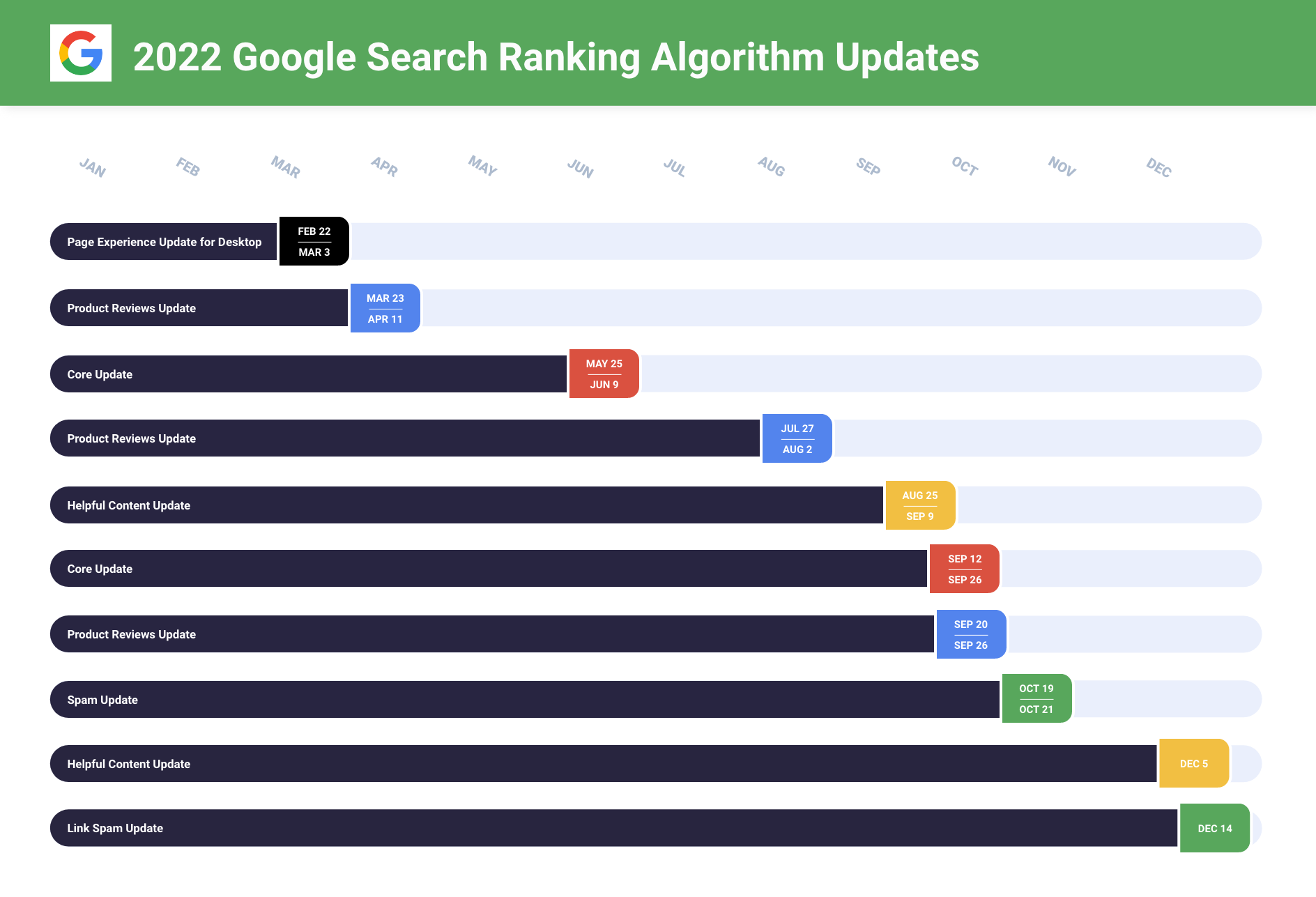
We can look at the UGC Creator trend from two perspectives:
- Video Content creators finally can earn money with their work.
- Tiktok and other video platforms can become the same polluted as Google searches.
SEO is dead for years now.
But in 2022 I read more and more about that the new Google-killer is Tiktok itself.
People are not searching for a new TV according to loud Tiktokkers (the data shows otherwise), but they go directly to Tiktok and watch videos about the specific model.
Let's wait until the fake-paid TV reviews arrive at scale at Tiktok.
I am curious how video platforms will handle the problem for which more mature online players didn't find good solutions for years.
2. Creator Kindergardens
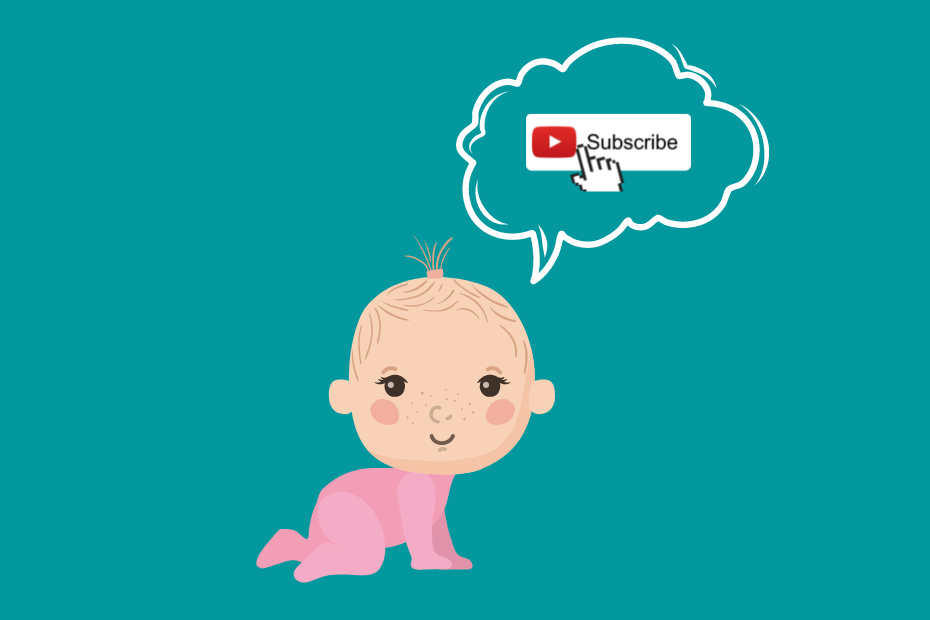
For the "What do you want to be when you grow up?" question more and more kids answer "influencer" or "YouTuber.
This is not a new trend either.
We saw polls about these even in 2019.
But since then the creator economy did not stop growing.
The size of the creator economy is roughly $104.2 billion, for which approximately 50 million creators contributes. 2 million of them are professionals.
After reading these statistics, online content creation can look like a pretty viable and fun career.
And where interest is shown, the sharks appear.
Help from the big boys
If you upload a video or publish a post on any platform and you can attract attention that's valuable for the business. The platform owner can sell ads before, in the middle, or after your content.
Netflix pays millions of dollars for production companies to produce a series that can distract us for a few hours. Youtubers are willing to do this for free.
I thought always that it is a no-brainer for the owner of this platform to help creators step up their game.
And finally, it is happening.
I am seeing more and more resources from Google and Youtube.
On the Youtube Creators channel, you can learn what gears to use, how to edit a video, and much more.
The Google for Creators channel showcases trends and changes in Google searches.
We can find more guides and statistics about the creator economy than before. Podcasting Best Practises on Youtube is one of these official guides.
Selling Shovels During a Gold Rush
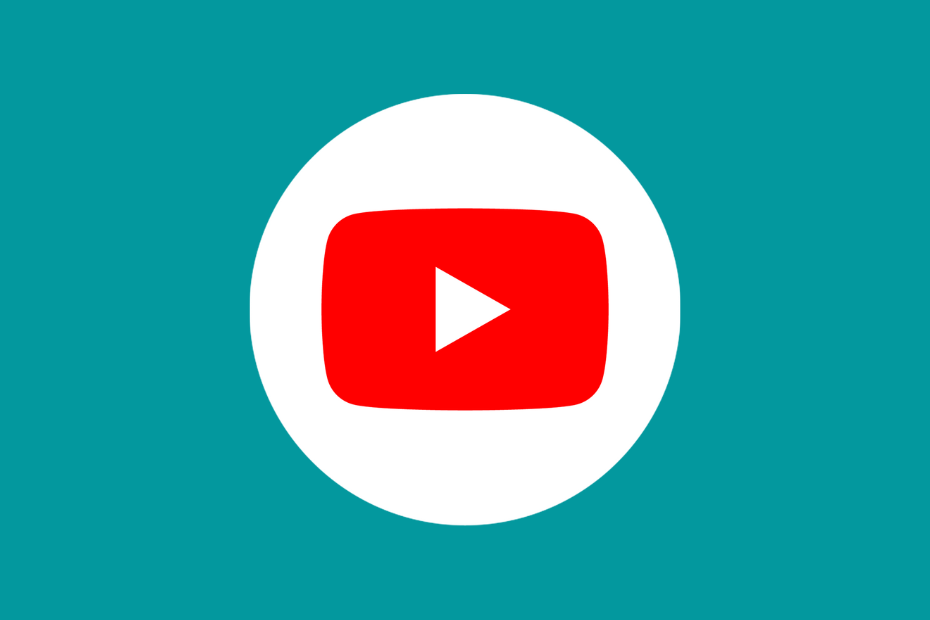
Now that there is enough evidence that earning a living from creating content online is valuable, more and more creators are selling their hard-earned wisdom to create a new income stream for themself.
They succeeded on Youtube, so they will teach you to do the same for money.
Sounds like a fair trade.
The funny part is that since creators started selling shovels during this gold rush, they are earning more from course sales than from making videos (ads, sponsorships).
When you look at the pricing of the courses it is easier to understand the underlying reasons.
For example, the productivity YouTuber Ali Abdaal is charging $5995 for his 4-week course. And based on his landing page 2000 people have already finished the course.
It is hard to package recorded videos that look like any other YouTube video of the given creator as a premium product. So education professionals/marketeers came out with the concept of cohort-based courses.
Cohort-based courses were rather a new trend after the pandemic but since then several courses with the 7th - 8th cohort.
This shows that the format is here to stay.
It can make a good deep-dive that what makes cohort-based courses more likely to succeed than a cheap Udemy course, or prerecorded MOOCs (Massive Open Online Courses).
Or you can create a cohort-based course on how to create a successful cohort-based course.
3. Inescapable Short-form Videos
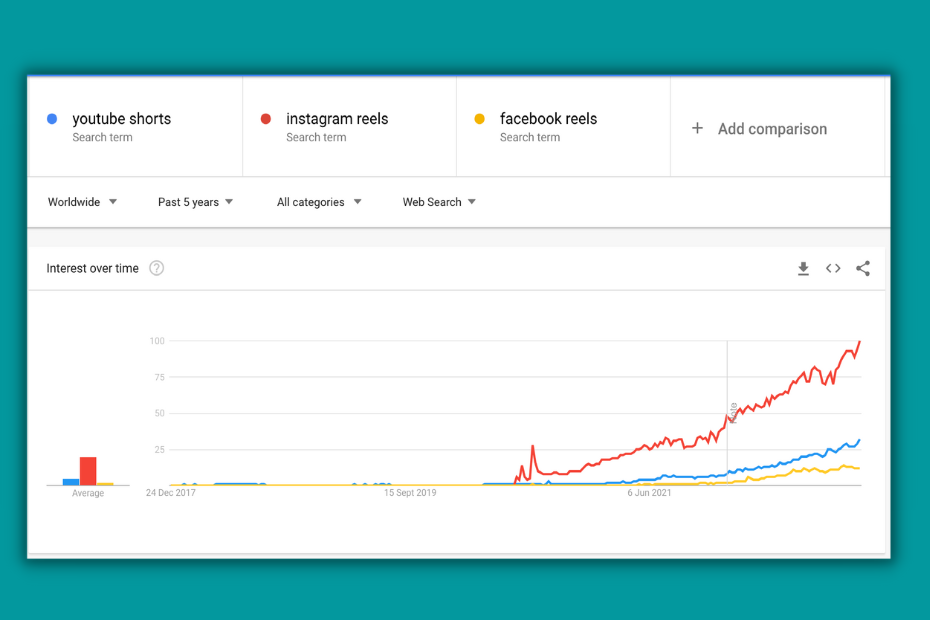
My main medium when expressing myself online is written text.
I have written blogs, published guest posts, and started newsletters while big changes were happening in the way we consume content.
These changes are challenging my world views when it comes to online content.
I have some questions I don't know the answers to, but their importance increased through the years:
- Can you stay relevant without making your message more visual?
- Will people read at all in the future or are they moving exclusively to video-first platforms?
- Does it worth creating content for people with continuously decreasing attention spans?
Maybe we will have answers in a few years.
But it is a unique experience to live and create in an area when so much is changing around us.
My perception of these changes
- I started my online journey by reading text-only blogs.
- Then images and illustrations started to appear in posts.
- Image-first platforms like Instagram appeared and gained popularity.
- Video gained traction with Youtube. I started to watch long videos.
- I heard about the silly Vine with its short videos. It died shortly after.
- Snapchat-like stories with images and short videos were added to Facebook and Instagram.
- Musical.ly started spreading. They rebranded as Tiktok with an algorithm that made using the app addictive.
- Facebook added Tiktok-like Reels, and Youtube did the same with Youtube Shorts.
I downloaded Tiktok several times in the past and got addicted. So to make my life easier I always deleted the app after a few days.
But short-form videos did not let me go.
It came after me on Youtube and Facebook.
And as the next step probably we will see how these platforms make money with ads out of short-form videos.
4. Artificial Intelligence becoming mainstream

2022 was the first year when non-technical folks like me could have their touch on AI and create something actually useful with it.
Whether you transformed your profile picture to a futuristic avatar with stable diffusion or used DALL-E to generate a picture of a "human-like robot running after a dog" (see above) to enrich your silly article, I am sure you are even excited or afraid.
The public release of Open AI's ChatGPT was the point when I started to get a little bit more afraid than excited.
Even barely trained models can write a good enough article or create a stunning painting.
What will happen to us in the future when this technology becomes really advanced?
But I already see how AI will make my job easier (until I have one) by eliminating the time-consuming tasks from my day-to-day.
For example, I generated the firework hero image of this article with DiffusionBee and the summary section was generated by the AI Assistant of Craft Docs.
ChatGPT will not hurt Google at all
The same people who declared Tiktok as the last nail in Google's coffin were loud about how much better ChatGPT is answering simple questions.
Think about it.
GPT-3 which is the backbone of ChatGPT was built on Transformer, a neural network architecture that Google researchers invented and open-sourced in 2017.
Random email, what do you think, cap or facts?
— @jason (@Jason) December 20, 2022
“Knowledgeable people tell me @google is four years ahead of #chatgpt. They have not released it because of the political ramifications of dramatic job losses etc from this technology” pic.twitter.com/bgGhMQvTN1
There is nothing exaggeration in this tweet.
Even better that Google is publicly documenting its advancement in AI in several fields which is much more impactful than generating chicken breast recipes with a chatbot.
Check out this video.
Google is already using artificial intelligence to
- detect floods and build an alerting system for people impacted,
- help fictional writers to expand their stories with AI (write scenes, detail characters) - read lamda generated short stories
- make developers more productive by using AI to complete their code
- generate completes video stories
At Google, they are working not just on building new stuff using AI, but on solutions on how to detect AI-generated content.
I bet they are years ahead of some random affiliate gurus who just paid 5$ to generate 50 articles with an AI model that was built on top of a technology Google open-sourced 5 years ago.
Checking the rest of the AI experiments Google is doing gives us even more context at what stage they are at.
Summary
In 2022, there have been a number of shifts in the way people consume content online, including the rise of User-Generated Content (UGC) creators, the growth of the creator economy, an increase in the use of short-form videos, and advances in Artificial Intelligence (AI).
UGC creators are creating product reviews and earning money in the US, while the size of the creator economy is estimated to be over $100 billion with 50 million creators contributing.
Additionally, platforms like YouTube and Google are providing resources to help creators and short-form videos becoming increasingly popular. AI is also becoming more accessible and advanced, with increases in machine-generated content and AI-powered tools being used to help people become more productive.



